Knowing what scholarly resources
are available and being able to use
them effectively
This is the stage people often identify as ‘research’. The focus should be on finding relevant, age-appropriate and authoritative resources, and gathering information in response to the broad inquiry question. This stage will often throw up new questions as students start to Construct a deeper understanding of their topic and should be characterised by a movement from “confusion, frustration and doubt” towards “clarity, direction and confidence” (Kuhlthau, 2004). Students are likely to need help to persevere in the initial stages.
It is vital to consider resourcing in inquiry design, and teacher / librarian collaboration has traditionally centred on this stage. A major source of frustration for students, which pushes them towards unreliable resources and to copy-and-paste answers they do not understand, is a (perceived or real) lack of suitable and readily available resources.
Students can become confident and motivated to pursue their investigations (and, in fact, future learning) when they are taught social and emotional competencies along with the cognitive skills of inquiry. Students can begin to recognize, respect, and empathize with the diverse perspectives, opinions, and cultures that surround them, both within school and in the larger world. In that process of discovery, students clarify their own perspectives and develop confidence in their own ability to learn.
—
Wonder ← Previous | Investigate | Next → Construct
—
Kuhlthau, C. C. (2004). Seeking meaning : a process approach to library and information services. Westport, CT: Libraries Unlimited.
Consider
- Having a quick go at the inquiry from a student’s perspective well before it starts, to check that suitable resources are available and accessible
- Collaborating as a teacher / librarian instructional team before the inquiry begins to address resourcing, discuss who will teach the students how to access subject specific resources, both print and online, and discuss who will teach them how to identify a reliable source, particularly online – California State University’s CRAAP test (readily available online – see also Featured Investigate Resources) can be a very useful starting point
- Giving the class an age-appropriate Investigative Journal (see Featured Investigate Resources) to encourage them to think about how they are planning to use the information they gather and to record their sources
- Teaching students to reflect on and assess their own learning throughout their investigation and enabling them to backtrack and ask new questions when their investigation leads them in new directions
For more in-depth articles into the educational
theory underlying inquiry, visit our





